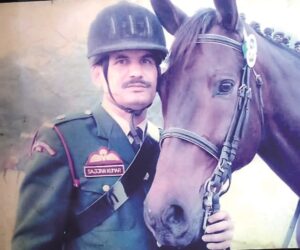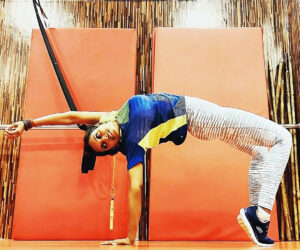Playing golf can be taking a toll on your back, regardless of the number of times you tee it up. Though it provides cardiovascular benefits, social connections, and mental stimulation and improves balance, overuse injuries are common in golfers because of differences in swing intensity, training frequency and injury mechanisms that differ between professional and amateur golfers. Often high amount of force applied during golf swing leads to injury. If a golfer lacks strength and has poor swing techniques, he can damage soft tissues with the lower back most commonly injured. Lower back pain can be a thorn in the side of any golfer’s game. Prevalence of lower back injuries is between 15% and 35% in amateurs and up to 55% in professionals.
Causes of lower back pain in Golfers
- Improper swing technique
- Limited thoracic and hip rotation
- Core weakness
Proper swing techniques for pain-free tee off
Takeaway (From address until club is horizontal to ground): Lower back should be straight and weight evenly distributed between both feet. Buttock should not protrude and slight bend in the knees to prevent hunching forward. This allows proper activation of abdominal and gluteal muscles and protects the spine too.

Backswing (Horizontal club to top of backswing)
Core muscles should be engaged, hips and thoracic spine should rotate in order to prevent overextension of lower back. Sequence should be arms-shoulder-hips during this movement. Leaning towards target should be avoided which might lead to increased extension and excessive loads on lower back through impact.

Downswing (from top of back swing until club is horizontal)
At the beginning of downswing, the hips should uncoil first with the shoulders and arms to follow. Sequence should be hips-shoulders-arms. When the hips and lower body do not rotate, this encourages back extension and leaning away from the ball, thereby increasing load on the lower back.
Follow-through (from ball contact until end of swing)
In follow through, back heel should release to prevent excessive torque through the lower back. It is important to maintain a strong spinal posture and avoid completing swing in an overextended position that will add stress on lower back.

Back care for golfers
Focusing on movement pattern to promote proper swing technique, exercises for hip mobility and core strength will help any golfer reduce stress on their lower back.
Dr. Gayatri Upasana Acharya




